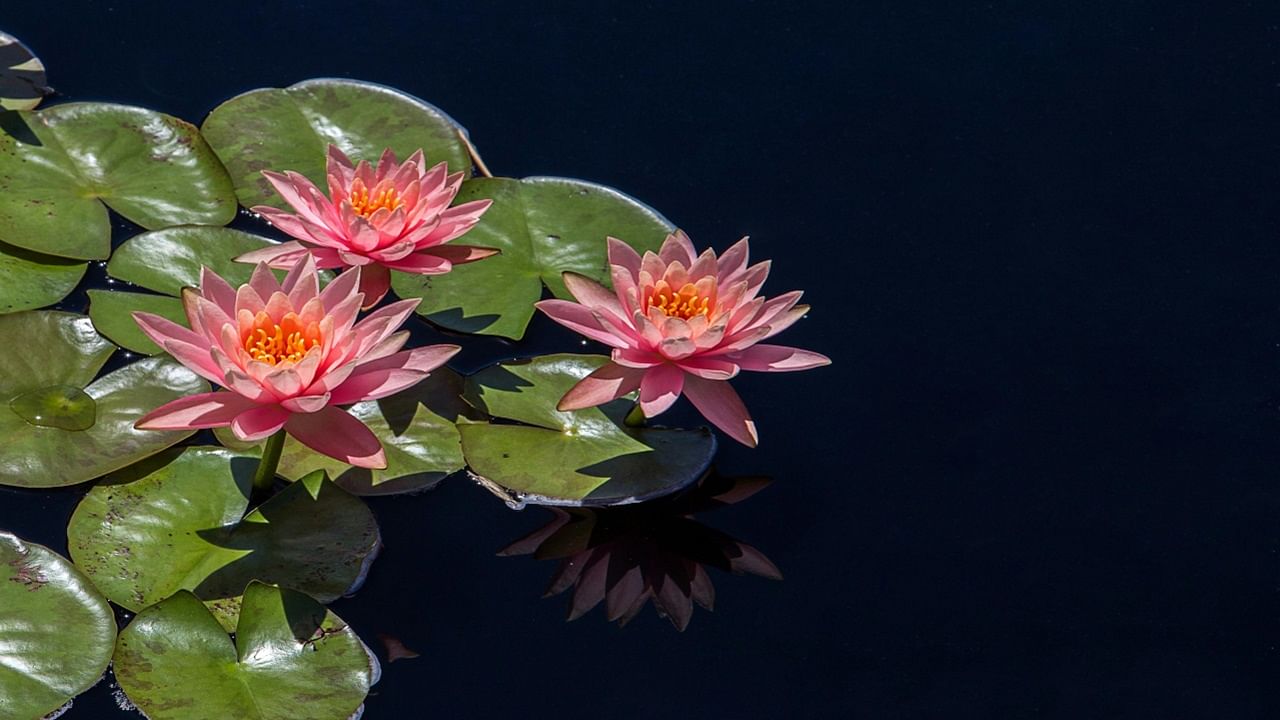
On January 22, Prime Minister Narendra Modi inaugurated the Ram Mandir in Ayodhya, symbolising a monumental event with the consecration of the idol of Lord Shri Ram. A notable aspect of the ceremony was PM Modi holding a lotus flower, the national flower of India, during the puja. This gesture has not only deepened the cultural and religious significance of the lotus but has also sparked an interest in lotus cultivation across the nation.
The Lotus Boom
With numerous religious events unfolding throughout the year in the country, the demand for lotus flowers has remained consistent. Industry experts are now shedding light on the financial potential of lotus cultivation, asserting that it can yield eight times the profit compared to the initial investment cost. What was once confined to ponds has now expanded to flat lands, making lotus cultivation a low-risk, high-reward venture for those seeking profitable opportunities.
The Simple Process of Lotus Cultivation
For those aspiring to venture into lotus cultivation, the process is straightforward. Whether utilising an existing pond or a designated field, the steps involve ploughing and crumbling the soil, leveling it with a mortar, and sowing lotus seeds. The field should be consistently filled with water for two months to facilitate growth, ensuring the necessary moisture and mud for optimal lotus plant development.
Double Harvests and Diversification
One of the key advantages of lotus cultivation is the potential for two harvests annually. Sowing seeds in June results in a harvest ready by October, while a second sowing in December yields flowers ready for plucking by May. With approximately 5 to 6 thousand plants per acre, the total expenditure, including water and seeds, amounts to Rs 25 to 30 thousand. Upon maturity, the flowers can be sold in the market, generating an estimated revenue of around Rs 2 lakh per acre. Farmers can further enhance profits by cultivating additional crops like Makhana and water chestnut alongside lotus in the same field.
Cultural and Religious Significance
As lotus cultivation emerges as a financially rewarding endeavor, it presents an opportunity for individuals to capitalise on the cultural and religious significance of the national flower while generating substantial profits. Prime Minister Modi's symbolic use of the lotus at the Ram Mandir inauguration has not only sanctified the flower further but has also sparked nationwide interest in a venture that intertwines tradition, culture, and financial prosperity.











